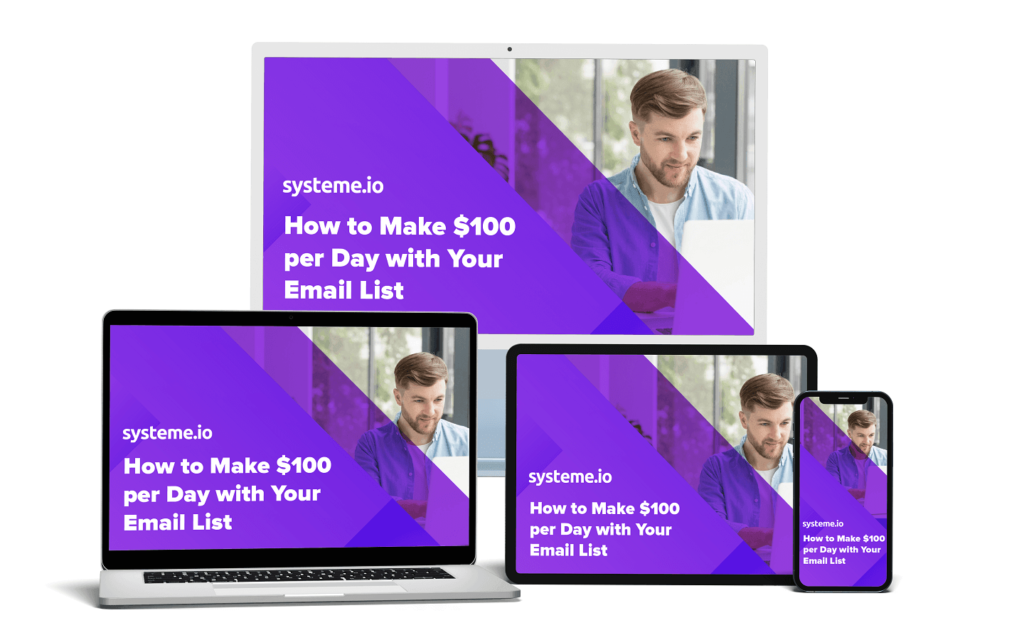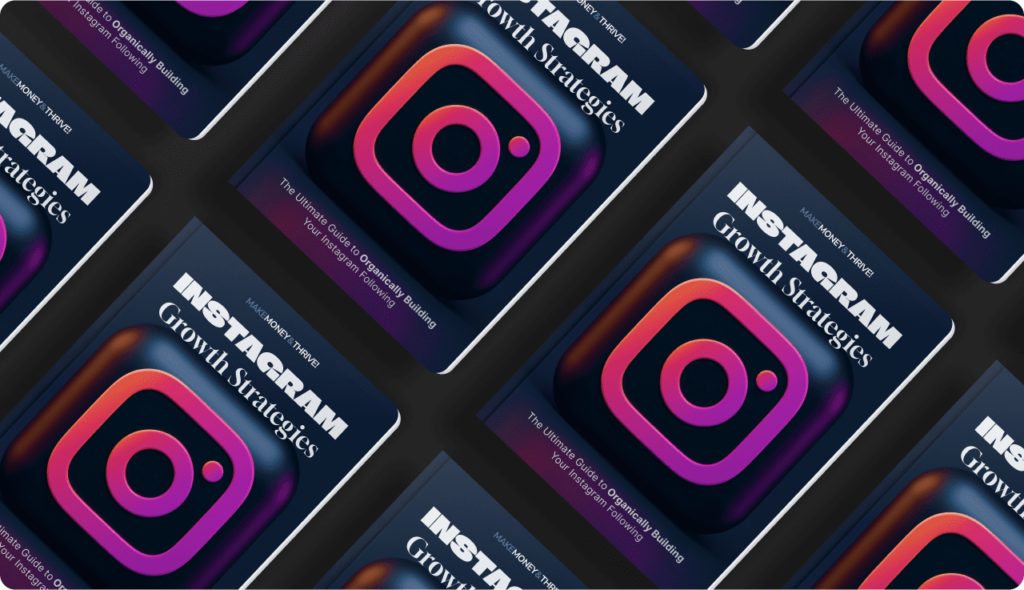Imagine turning your passion for blogging into a lucrative source of income. Monetizing your WordPress blog has the potential to transform your online presence from a hobby to a profitable venture. In this blog post, we’ll explore the essential steps and strategies to help you go from zero to profit in monetizing your WordPress blog. Whether you’re just starting out or looking to enhance your existing revenue streams, this comprehensive guide will equip you with the knowledge and tools to monetize like a pro.
Understanding the Foundations of Monetization
Before diving into monetization methods, it’s crucial to establish a solid foundation for your WordPress blog. Building a strong online presence is key to attracting a loyal audience and generating income. Here are some foundational elements to consider:
- High-quality content and engaging writing: Consistently create valuable and engaging content that resonates with your target audience.
- Building a loyal and targeted audience: Focus on organic growth by implementing SEO techniques, promoting your blog on social media, and engaging with your readers.
- Establishing a professional and visually appealing website design: Invest in a well-designed theme, optimize your site’s layout, and ensure easy navigation for a seamless user experience.
- Optimizing website performance and user experience: Improve your site’s loading speed, make it mobile-friendly, and eliminate any technical issues that could hamper user experience.
Exploring Different Monetization Methods
Now that your WordPress blog is ready to take on monetization, let’s delve into various strategies you can leverage:
1. Advertising-based Monetization
Display advertising, such as Google AdSense and Media.net, offers a popular way to generate income. These platforms allow you to display targeted ads on your blog, earning revenue based on impressions or clicks. While ad-based monetization can be lucrative, it’s important to consider the balance between ads and user experience.
2. Affiliate Marketing
Affiliate marketing enables you to earn commissions by promoting products or services relevant to your blog niche. Join reputable affiliate programs, select products that align with your audience’s interests, and create compelling content that effectively incorporates affiliate links and banners. Building trust with your readers is essential for successful affiliate marketing.
3. Sponsored Content and Partnerships
Sponsored posts and brand collaborations provide opportunities for earning income. Partner with relevant brands to create sponsored content that seamlessly integrates with your blog’s theme and provides value to your audience. Forge strong relationships with brands by pitching your ideas and negotiating fair compensation.
4. Creating and Selling Digital Products
Consider leveraging your expertise and knowledge to create and sell digital products. E-books, online courses, templates, or digital downloads tailored to your audience’s needs can generate a steady income stream. Platforms like WordPress plugins, such as Easy Digital Downloads or WooCommerce, simplify the process of selling digital products directly from your blog.
5. Membership and Subscription Models
Offer premium content or membership subscriptions to provide exclusive value to your audience. By gating certain content or offering additional perks to subscribers, you can create a recurring revenue stream. Explore membership plugins like MemberPress or Restrict Content Pro to implement subscription models seamlessly.
Implementing Monetization Strategies on WordPress
Once you have a solid understanding of various monetization methods, it’s time to put them into action on your WordPress blog. Let’s explore how to effectively implement these strategies and maximize your revenue potential:
Overview of Popular WordPress Plugins and Tools for Monetization
To streamline your monetization efforts, WordPress offers a wide range of plugins and tools designed specifically for this purpose. Here are a few popular ones worth exploring:
- Ad Inserter: Simplify ad management by using this plugin to insert and manage ad codes in strategic locations on your blog. You can easily control the placement, visibility, and rotation of ads for optimal performance.
- Pretty Links: This plugin allows you to cloak and track your affiliate links, making them more appealing and professional-looking. It provides detailed analytics to help you track link clicks and optimize your affiliate marketing campaigns.
- ThirstyAffiliates: Similar to Pretty Links, ThirstyAffiliates helps you manage your affiliate links efficiently. It offers advanced features such as automatic keyword linking, customizable link URLs, and comprehensive reporting.
By leveraging these plugins, you can save time, streamline your monetization efforts, and gain valuable insights into the performance of your ads and affiliate links.
Step-by-Step Guide on Setting up Google AdSense or Other Ad Networks
If you’re considering display advertising as a monetization method, setting up Google AdSense or other ad networks is a crucial step. Here’s a step-by-step guide to help you through the process:
- Create an AdSense account: Sign up for an AdSense account and provide the necessary information about your website and yourself.
- Generate ad code: Once your account is approved, navigate to the AdSense dashboard and create ad units. Customize the ad formats, sizes, and styles that best suit your blog’s design.
- Place ads strategically: Determine the optimal locations on your WordPress blog for displaying ads. Consider factors such as user experience, visibility, and engagement. Common ad placements include header, sidebar, within content, or footer.
- Optimize ad performance: Continuously monitor the performance of your ads using the AdSense dashboard. Experiment with different ad sizes, types, and placements to maximize revenue while maintaining a positive user experience.
Remember to comply with the policies and guidelines of the ad networks you choose to work with.
Integrating Affiliate Marketing Links and Banners into WordPress
Affiliate marketing is a popular monetization method that allows you to earn commissions by promoting products or services. To seamlessly incorporate affiliate links and banners into your WordPress blog, follow these steps:
- Select relevant affiliate programs: Research and join reputable affiliate programs that align with your blog’s niche and cater to your audience’s interests.
- Choose suitable products: Identify products or services within the affiliate programs that you genuinely believe in and that will provide value to your readers.
- Utilize affiliate link management plugins: Install and configure plugins like Pretty Links or ThirstyAffiliates to manage and cloak your affiliate links. These plugins make your links more aesthetically pleasing and trackable, allowing you to monitor their performance.
- Integrate affiliate content organically: Write informative, unbiased, and authentic content that incorporates your affiliate links naturally. Focus on providing value to your audience by highlighting the benefits and features of the products or services you’re promoting.
By integrating affiliate marketing links and banners effectively, you can generate income while maintaining the trust and loyalty of your readers.
Tips for Effectively Incorporating Sponsored Content
Sponsored content and brand collaborations offer another avenue for monetization. When incorporating sponsored posts into your WordPress blog, follow these best practices:
- Select relevant brands: Partner with brands that align with your blog’s niche and resonate with your audience. This ensures the sponsored content feels organic and adds value to your readers.
- Maintain authenticity: Craft sponsored content that seamlessly integrates with your usual writing style and tone. Avoid sounding overly promotional and prioritize providing honest and unbiased opinions.
- Disclose sponsored content transparently: Adhere to disclosure guidelines and regulations by clearly stating when a post is sponsored. Transparency builds trust with your audience and maintains your blog’s integrity.
- Offer value to your readers: Focus on creating sponsored content that provides useful information, solves problems, or entertains your audience. By delivering value, you enhance the credibility of both the sponsored brand and your blog.
Remember, sponsored content should complement your regular content and never compromise the overall quality of your blog.
Choosing and Configuring E-commerce Plugins for Selling Digital Products
If you plan to sell digital products, WordPress offers several e-commerce plugins to simplify the process. Consider the following steps to choose and configure the right plugin for your needs:
- Research e-commerce plugins: Explore popular options such as Easy Digital Downloads or WooCommerce. Assess their features, compatibility, and user reviews to determine which one best suits your digital product selling requirements.
- Install and set up the chosen plugin: Follow the plugin’s installation instructions and configure its settings according to your preferences. Customize your product listings, pricing, payment options, and checkout process.
- Create compelling product pages: Design attractive and informative product pages that highlight the features, benefits, and unique selling points of your digital products. Include high-quality images or demo videos to enhance the user experience.
- Streamline digital product delivery: Configure the plugin to automate the delivery of digital products upon successful purchase. This ensures a seamless and secure experience for your customers.
By leveraging e-commerce plugins, you can efficiently sell your digital products and streamline the buying process for your customers.
Exploring Membership Plugins and Setting up Subscription Models
Membership and subscription models offer an opportunity to provide exclusive content or additional perks to your audience while generating recurring revenue. Follow these steps to implement this monetization method:
- Research membership plugins: Explore WordPress membership plugins like MemberPress or Restrict Content Pro. Assess their features, compatibility, and user reviews to select the most suitable option.
- Install and configure the chosen plugin: Follow the plugin’s installation instructions and configure settings related to membership levels, access restrictions, payment gateways, and subscription plans.
- Define premium content and perks: Determine the type of premium content or exclusive perks you’ll offer to your subscribers. This can include access to in-depth guides, video tutorials, downloadable resources, or a private community.
- Promote your membership offering: Highlight the value and benefits of your membership subscription on your blog, through email marketing, and on your social media channels. Encourage your audience to subscribe and emphasize the unique content they will receive as members.
By implementing membership plugins and setting up subscription models, you can build a loyal community of paying members who value your premium content.
Remember, each monetization strategy requires continuous monitoring, analysis, and optimization. Be adaptable, experiment with different approaches, and always prioritize providing value to your audience. With persistence and strategic implementation, you’ll be well on your way to monetizing your WordPress blog like a pro.
Best Practices and Tips for Monetizing Like a Pro
To ensure your monetization efforts are effective and successful, consider implementing the following best practices and tips:
Balancing Monetization and User Experience
Maintaining a positive user experience is crucial for the long-term success of your blog. Here’s how you can strike a balance between monetization and user experience:
- Optimize ad placement: Place ads strategically so that they do not disrupt the flow of your content or hinder user engagement. Avoid overwhelming your visitors with excessive ads that can negatively impact their experience.
- Focus on quality content: Continuously deliver high-quality, valuable content to your audience. The more you provide informative and engaging content, the more receptive your audience will be to your monetization efforts.
- Limit the number of ads: While ads can be a significant source of revenue, displaying too many can lead to a cluttered and distracting user interface. Be mindful of the number of ads you display to maintain a clean and visually appealing website.
Experimenting with Different Monetization Methods and Tracking Performance
To optimize your monetization strategy, it’s essential to experiment with various methods and closely monitor their performance. Here’s how you can do that:
- Test different ad formats: Experiment with different ad formats, sizes, and placements to determine which ones generate the highest click-through rates and revenue. A/B testing can help you identify the most effective ad variations.
- Analyze user behavior: Utilize analytics tools to gain insights into user behavior on your blog. Monitor metrics such as bounce rate, time on page, and conversion rates to understand how users interact with your monetization elements and make data-driven decisions.
- Adapt to audience preferences: Pay attention to your audience’s feedback and preferences. Consider conducting surveys or engaging in conversations with your readers to understand what types of monetization they find acceptable and appealing.
Building Trust with Your Audience through Transparency and Authenticity
Building trust is crucial for a successful monetization strategy. Follow these tips to foster transparency and authenticity:
- Clearly disclose sponsored content: When publishing sponsored posts or using affiliate links, be transparent and disclose the nature of the content or the presence of affiliate relationships. Honesty builds trust with your audience and enhances your credibility.
- Prioritize value over promotions: While monetization is important, always prioritize providing valuable and unbiased information to your readers. Focus on meeting their needs and interests rather than solely promoting products or services.
- Maintain authenticity in sponsored content: When creating sponsored content, strive to maintain your authentic voice and style. Craft content that aligns with your usual tone, values, and audience expectations to ensure a seamless integration of sponsored material.
Optimizing Your Blog for Higher Conversions and Revenue
Boosting conversions and revenue requires optimization techniques targeted at maximizing your monetization potential. Consider the following practices:
- Optimize call-to-action (CTA) buttons: Design compelling and visually appealing CTA buttons that encourage readers to take the desired action, such as clicking on affiliate links or subscribing to your newsletter. Experiment with button placement, colors, and text to find the most effective combinations.
- Improve landing pages: Optimize your landing pages to improve conversion rates. Use persuasive copy, compelling visuals, and clear instructions to guide visitors toward desired actions, whether it’s making a purchase, subscribing, or signing up for a membership.
- Analyze user behavior: Utilize heatmaps, click-tracking tools, and analytics data to understand how users navigate your blog. Identify areas where users drop off or encounter difficulties and make necessary improvements to enhance the user journey and boost conversions.
Staying Updated with Industry Trends and Adapting Your Monetization Strategy
The world of blogging and monetization is constantly evolving. To stay ahead of the game, incorporate these practices:
- Follow industry news and trends: Stay informed about the latest developments in the blogging and monetization space. Regularly read industry blogs, attend webinars or conferences, and engage in communities to stay updated on emerging opportunities.
- Be open to experimentation: As new monetization methods and platforms emerge, be willing to experiment and explore them. Embrace innovation and stay open-minded about trying new strategies that align with your blog’s niche and audience.
- Adapt to changes: The digital landscape evolves rapidly, and algorithms, user preferences, and regulations change. Stay flexible and adaptable, adjusting your monetization strategy as necessary to ensure it remains effective and compliant with industry standards.
By implementing these best practices and tips, you’ll be well-equipped to monetize your WordPress blog successfully while maintaining a positive user experience, building trust with your audience, and optimizing your revenue potential. Remember, it’s an ongoing process that requires continuous evaluation, optimization, and adaptation to achieve long-term success.

Video Course: How to Make $100 per Day with Your Email List
In the video you’ll learn:
- How I earned $3,000 per month in passive income with my email list alone (and how you can do it too)
- How to get 100 opt-ins on your list per day
- The method to earning $100 per day with your email list
Conclusion
Congratulations! You’ve reached the end of our comprehensive guide to monetizing your WordPress blog like a pro. By understanding the foundations of monetization, exploring different methods, implementing strategies on WordPress, and following best practices, you’re well on your way to turning your blog into a profitable venture. Remember, success in monetization takes time and persistence, so stay focused, be adaptable, and never stop creating valuable content for your audience. Take the next steps today and start transforming your WordPress blog from zero to profit.


Leave a Reply